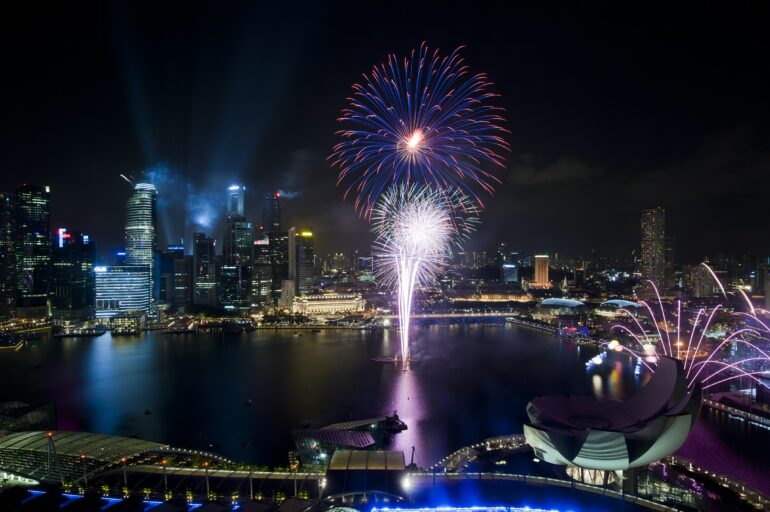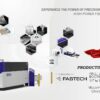For many people around the world, the very first moments of the new year will be filled with the sounds and colorful light shows of fireworks. From loud bangs to long whistles, bright reds to pale blues, there are thousands of variations of fireworks and an entire branch of chemistry that explores these fun explosions.
I’m a chemist and president of the Pyrotechnics Guild International, an organization that promotes the safe use of fireworks and their use to celebrate holidays like the New Year.
There are hundreds of chemical formulas – or as I like to think of them, pyrotechnic recipes – for fireworks. These recipes are still based off an ancient mixture of chemicals that produces the quintessential bang, but modern fireworks use all sorts of chemical magic to put on the incredible shows of today.
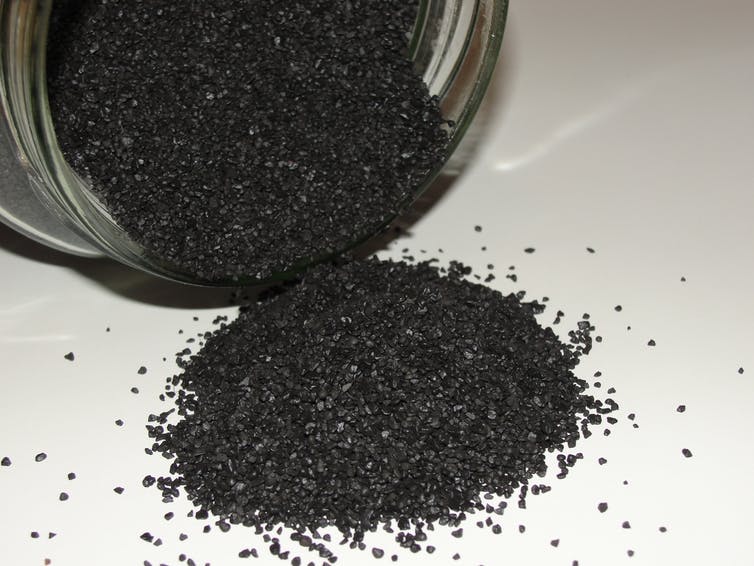
Black powder, or gunpowder, is the main ingredient of all fireworks.
Lord Mountbatten, CC BY-SA
It all starts with black powder
The first ingredient of any firework is the ancient explosive black powder. It was discovered by Chinese alchemists more than a thousand years ago, and the recipe has been virtually unchanged in the centuries since. To make black powder, all you need to do is mix 75% potassium nitrate, 15% charcoal and 10% sulfur. To make a basic firework or fire cracker, you just put this powder in a container, usually made of thick cardboard or paper.
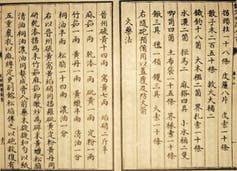
The oldest recorded recipe for black powder is from A.D. 1044 China.
PericlesofAthens/WikimediaCommons
Black powder is used to launch the firework in the air as well as ignite and propel the effects – like color – into a pattern in the sky. So how does it work?
Once lit with a fuse or spark, the sulfur melts first at 235 F (112.8 C). The sulfur flows over the potassium nitrate and charcoal, which then burn. This combustion reaction quickly produces a large amount of energy and gas – in other words, an explosion. If there is a small hole for the gas to escape, the reaction launches the firework into the air. In a very confined space, it blasts the components of the firework apart and ignites everything nearby.
In addition to changing how confined the black powder is, changing the size of the granules of powder can change how fast it burns, too. Think about a campfire. When you add a large tree limb the flames burn longer and slower. If you toss a handful of sawdust into the flame it burns hot and fast. Black powder works similarly, and this makes it easy to control how much and how fast energy is released.
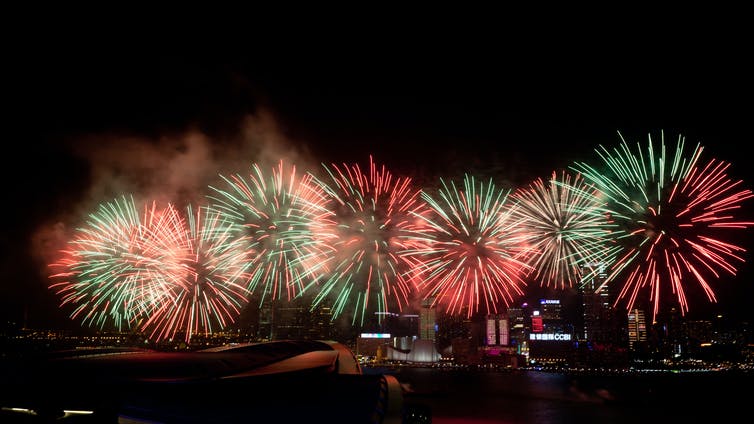
Adding different elements to a mixture can produce different colored fireworks.
Dennis Wong/WikimediaCommons, CC BY
Different chemicals for different colors
If you put very fine black powder powder in a confined space it explodes in a cloud of heat, gas and noise. So where do the colors and bright light come from?
When you heat up any material,…
